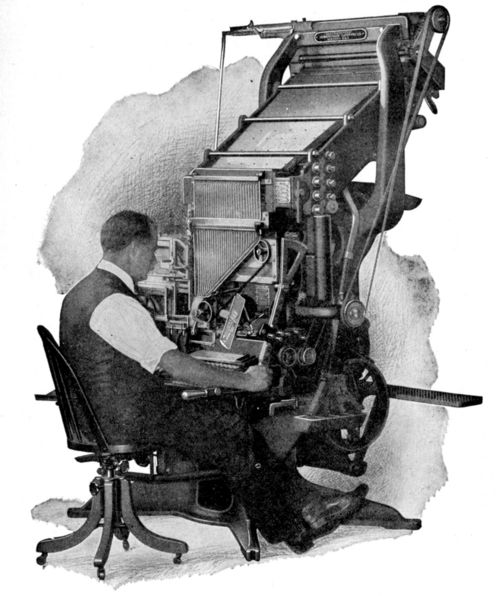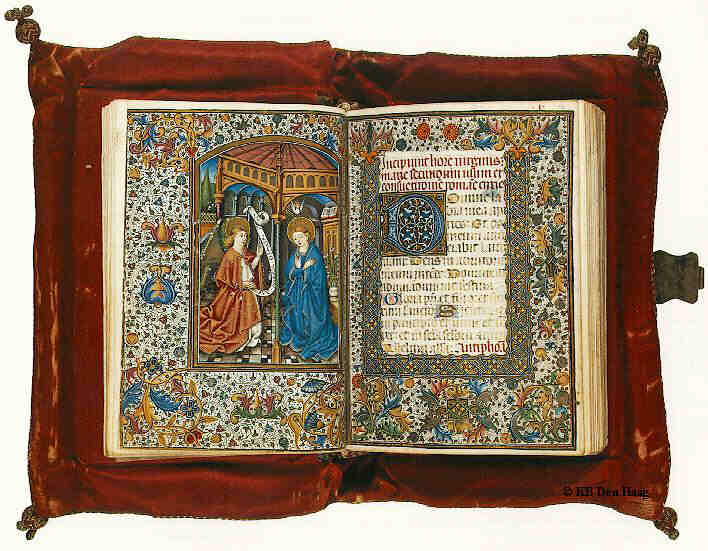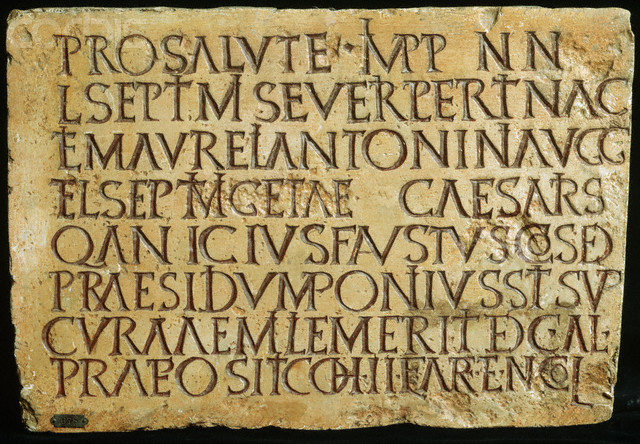What is Johannes Gutenberg credited with? Inventing technology of printing with movable type.
Post a photo of the Gutenberg Press.
 How did the printing press work?
How did the printing press work? Ink was rolled over the raised surface of movable hand-set block letters held within a wooden form. The form was pressed against a sheet of paper.
What motivated Gutenberg to find a better way of creating books? He spent his time watching goldsmiths and jewelers and had a love of reading.
Why did Gutenberg experiment with metal type versus wood type? Woodcuts weren't durable and split in the press after repeated use. New blocks had to be carved for each new impression and block was discarded as soon as slightly different impression was needed.
Post an example of movable type in a type case.
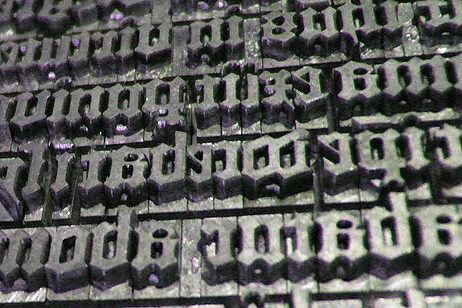 What is moveable type?
What is moveable type? The system of printing that uses movable components to reproduce elements of a document.
What is a matrix? A hard metal punch is hammered into a softer copper bar.
What ink did Gutenberg develop that he used specifically for the printing press? An oil-based ink that is more durable than water-based ink.
What is paper made from? Where did paper originate? A substrate made from wood pulp.
What is a "substrate"? A surface on which a process occurs.
Who did Gutenberg seek to help with the invention of the press? Close to the end of the 5 years, what happened? John Fust, a wealthy businessman. He sued Gutenberg and won the press, tools, materials, and all 180 Bibles.
What was the first book he printed? The Bible.
Post an example of this book.
 How did the Gutenberg Press impact communication?
How did the Gutenberg Press impact communication? Perfected script and made it easier to read, books are made more rapidly, current information could be shared locally and around the world, the cost of books decreased allowing more people to buy, demand grew and the population became more literate, book trade flourished as well as industries such as papermaking, economies became stronger, art and science began to flourish which led to the beginning of the Renaissance.
Who introduced the printing press to England? William Caxton
What was the early form of newspapers? Trade newsletters.
When was the first news weekly published? What was it called? 1704, The Boston Letter.
What kind of press was built in the US in the mid 1800s? The steam powered rotary press.
Post an example of a 1930s printing press.
 By the late 1930s, presses had increased in efficiency and were capable of 2,500 to 3,500 impressions per hour. What is meant by "impression"?
By the late 1930s, presses had increased in efficiency and were capable of 2,500 to 3,500 impressions per hour. What is meant by "impression"? A book or news print.
Which printing process is the Gutenberg press an example of? Briefly describe the process? Relief printing. Movable type is placed into the press and ink is spread onto the type. Paper is placed on the top and the press applies the direct pressure needed to transfer the ink to the paper.
Post an example of an intaglio press.
 What is intaglio printing and how is ink transferred?
What is intaglio printing and how is ink transferred? Printmaking where an image area is etched into the plate surface to hold the ink. Ink is applied and then rubbed with a cloth to remove the excess. Damp paper is placed on top, a press applies pressure to transfer the ink to the paper.
Post an example of a screen (porous) printing press.
 What is porous printing and how is ink transferred?
What is porous printing and how is ink transferred? A basic stencil process where an image carrier is attached to a screen. Ink is forced through open mesh areas.
Post an example of a lithography printing press.
 What is lithography and how is ink transferred?
What is lithography and how is ink transferred? Printing from a flat surface. Drawing is made on the plate with greasy ink or crayon. Water is applied. When the ink is spread on top, the greasy parts accept the ink and the wet don't.
Post an example of a offset lithography printing press.
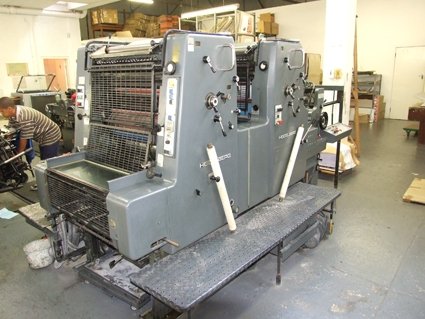 What variation of lithography is used by the commercial printing industry today?
What variation of lithography is used by the commercial printing industry today? Offset Lithography.



